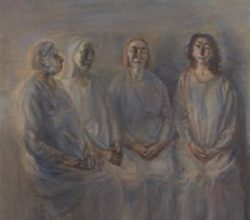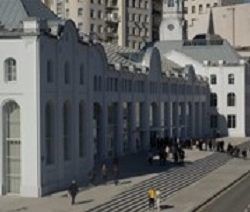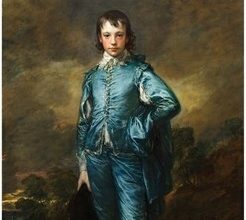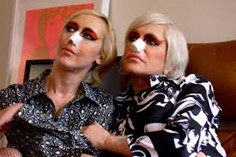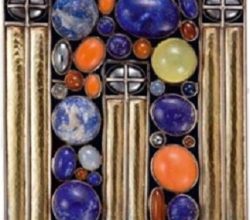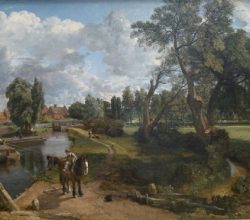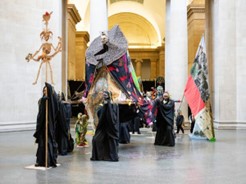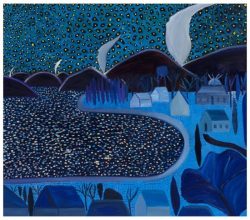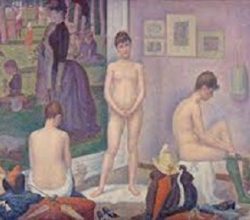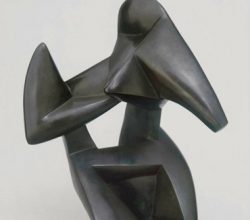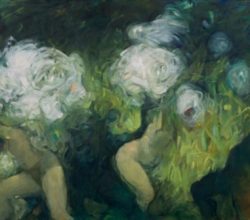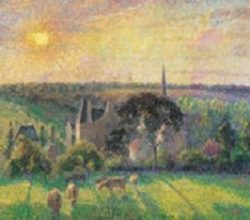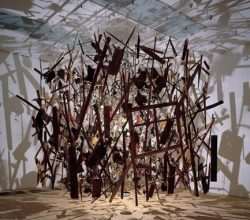
Cornelia Parker exposes the hidden meanings of everyday objects
Michael Prodger | The New Statesman | 17th May 2022
Parker, a conceptual artist, is nothing if not resourceful. One work comprises the fragments of a garden shed, reassembled after being blown up by the military. There’s silverware flattened by a steamroller. A tapestry made in part by lawyers and criminals. These are objects each of which has a back story that changes their meaning. Parker describes it as “sympathetic magic”. The reviewer says its “a kind of alchemy, turning mundanity into profundity”.

